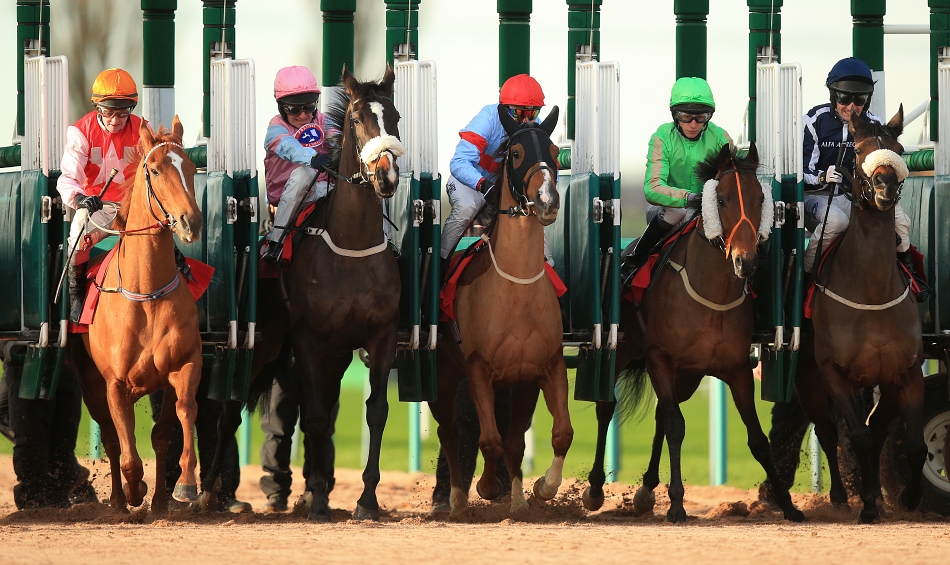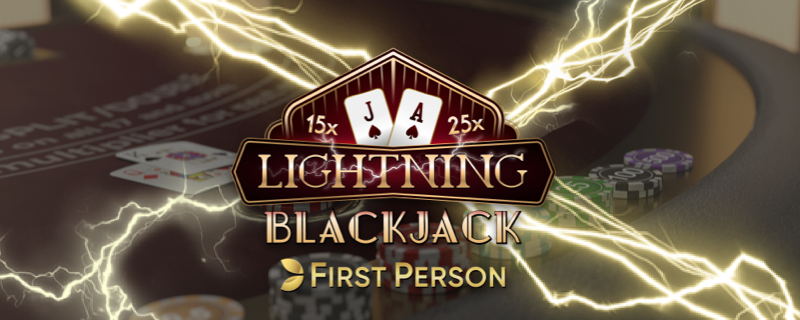HOW TO PRICE UP A MARKET: All professional punters will price up a market before looking at the current odds. It’s what makes them profitable long-term.
This may seem odd to the average punter – why do all that work when you can just check the market yourself after all – however it is how you can truly identify value in the markets.
What Is A Value Bet?
To win long-term you need to be betting at a value price. Value is not just backing at big odds – just because a horse is 25/1 to win the Grand National doesn’t mean it’s a good bet. Backing something “at a value price” means that you are getting a bigger price than the probability of the horse winning.
Let’s look at an example
When you price up a market, you make the favourite 2/1. You then check the current odds and that horse is trading 3/1. That 3/1 price is therefore value, in your opinion of course, and you should back it. If it actually was 2/1, then you shouldn’t bet. And if it was as low at 2.0 (evens), then you might consider laying it.
When assessing what is value, you have to think long-term. Think about a coin flip – it’s 50/50. However, if someone offers you 6/4 on heads, that is clearly a value bet. It might still lose after you backed it, but over time you would win more than you lose because of the odds. The same logic applies to sports betting.
Creating Your Own Odds
Pricing up a market can be overwhelming for a new punter, it’s understandable. You have to think of everything in percentages and it can be hard to determine what percentage chance a horse has of winning a race.
Ideally, you would price up the market to a 100% overround – meaning all the runners would add up to 100% and you can create odds from there. For example, a horse with a 25% chance of winning would be 4.0 or 3/1. Use an free online odds converter if you’re new to doing it.
It can take time going through a race and giving each horse a percentage chance of winning and making sure it’s 100% in total, but it’s worth it in the long run. After you’ve “created your book” or priced up the market, you should then compare your odds with the current odds on offer.
The above example of when you should bet focuses on a favourite, but the same applies with all horses. If you made a horse 11.0 and it’s 34.0, that is a back bet. If you made a horse 11.0 and its 5.0, that is a lay bet.
In theory, the bigger the difference the bigger your bet should be. Because bigger value means your staking should reflect that. However, staking is different for everyone and some people like to level stake. You have to decide what is best for you.
Four Tips For Starting:
It’s hard to start when creating your own odds, but it can be done. We’ve highlighted four things to do when trying to start:
- Ignore the current odds
- Find a site which allows you to study form/watch videos without showing odds
- Focus more on prices and less on “finding the winner”
- If you’re struggling to price outsiders – perhaps pick your top five in the race and price the rest of the field as one price. That will be flawed for betting, however it might help as you’re learning if you’re paper trading your prices while you get started.
Creating your own odds will take time but the more you do it, the better you will become. It will become easy to find value bets – or should we say what is value to you! When you always bet when the odds are in your favour, you’re on your way to becoming a winning punter.







